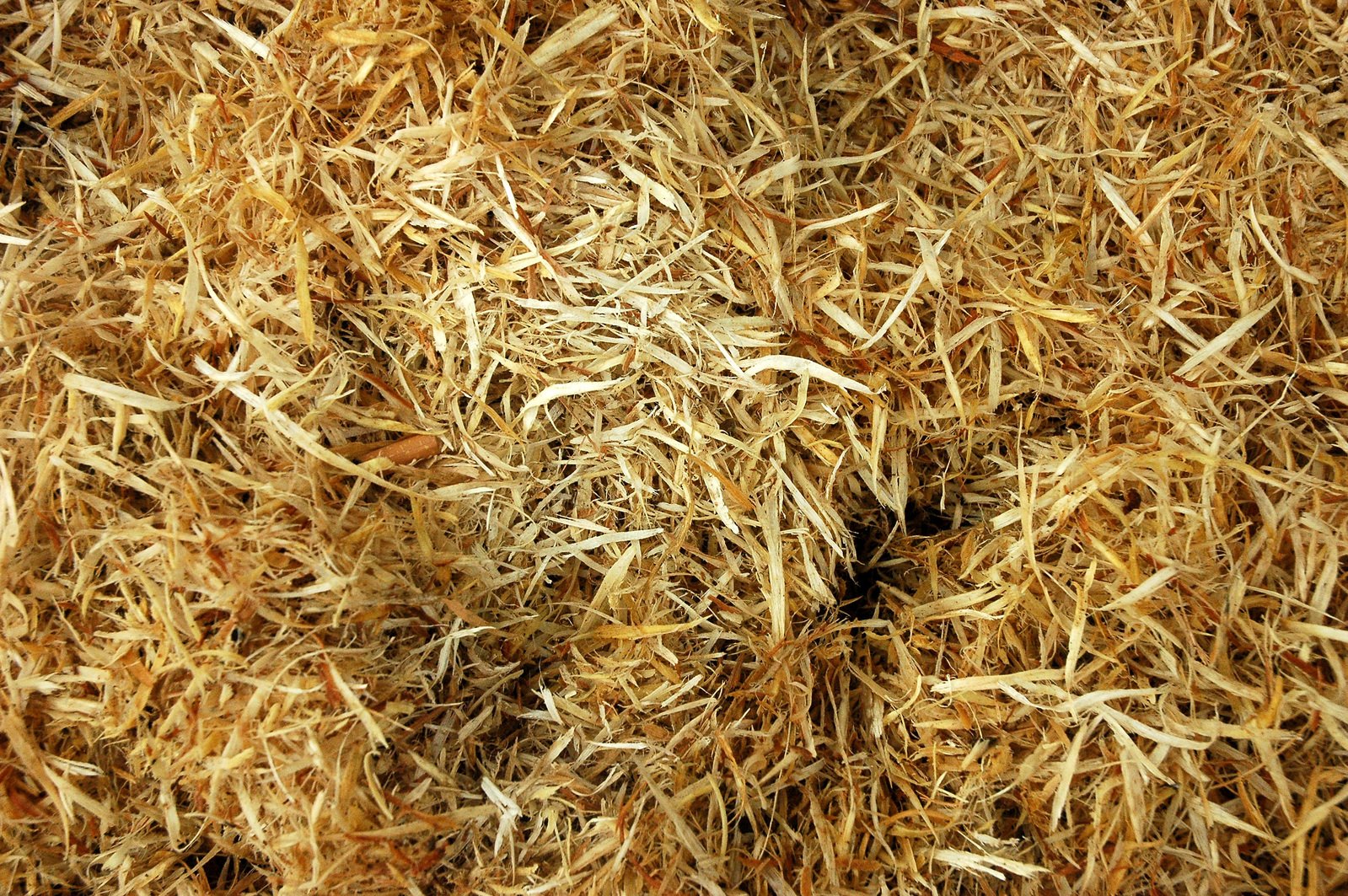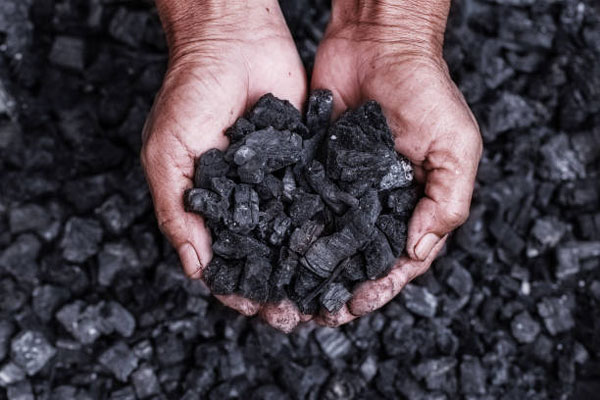In the pursuit of sustainable and eco-friendly agricultural practices, the utilization of waste materials has become a cornerstone. One such valuable resource is sawdust waste, often considered a byproduct of woodworking activities. By converting sawdust into charcoal, farmers can enhance soil fertility, improve crop yields, and contribute to environmental conservation. In this comprehensive guide, we will delve into the process of making charcoal from sawdust waste for agricultural use by sawdust charcoal making machine, exploring its benefits, step-by-step procedures, and applications in the farming sector.

Section 1: Understanding the Benefits of Sawdust Charcoal in Agriculture
1.1 Soil Enrichment and Fertility:
Sawdust charcoal, also known as biochar, acts as a natural soil amendment that enhances soil fertility.
The porous structure of biochar provides a habitat for beneficial microorganisms, improving soil structure and aeration.
1.2 Nutrient Retention:
Biochar has a high cation exchange capacity (CEC), allowing it to retain and slowly release essential nutrients like nitrogen, phosphorus, and potassium.
This nutrient retention capability reduces nutrient leaching and ensures a more sustained supply to plants.
1.3 Water Retention:
The porous nature of biochar produced by bamboo charcoal machine aids in water retention, helping the soil to retain moisture and reduce water runoff.
Improved water retention is particularly beneficial in arid or drought-prone regions, promoting more resilient crops.
1.4 Carbon Sequestration:
Utilizing sawdust waste for charcoal production contributes to carbon sequestration, as biochar locks carbon in the soil for an extended period.
This helps mitigate greenhouse gas emissions and supports efforts to combat climate change.
1.5 Reduction of Soil Acidity:
Biochar can help neutralize acidic soils, creating a more balanced pH level conducive to optimal plant growth.
This is particularly valuable in regions where soil acidity hinders agricultural productivity.

Section 2: Step-by-Step Guide on Making Charcoal from Sawdust Waste
2.1 Gathering Raw Materials:
Collect sawdust waste from woodworking activities, ensuring it is free from contaminants such as paint, varnish, or chemicals.
Choose hardwood sawdust for optimal charcoal production, as it tends to have a higher carbon content.
2.2 Carbonization Process:
Carbonization is the key step in converting sawdust into charcoal. This process involves heating the sawdust in the absence of air to prevent combustion.
Traditional methods include using kilns or pits, while modern techniques involve employing pyrolysis machines for more controlled and efficient carbonization.
2.3 Kiln Carbonization:
Construct a kiln using bricks or metal sheets, ensuring proper insulation to retain heat.
Fill the kiln with a layer of sawdust, ignite it, and gradually add more sawdust while maintaining a controlled airflow to achieve complete carbonization.
2.4 Pit Carbonization:
Dig a pit and fill it with sawdust, covering it with a layer of soil to create an airtight environment.
Ignite the sawdust and cover the pit to prevent the entry of air, allowing slow carbonization to take place.
2.5 Pyrolysis Machine:
Invest in a pyrolysis machine for more efficient and controlled carbonization.
Load the machine with sawdust, and the pyrolysis process will occur at elevated temperatures, yielding high-quality biochar.
2.6 Cooling and Collection:
Allow the biochar to cool gradually after the carbonization process is complete.
Once cooled, collect the biochar and store it in a dry, cool place to maintain its quality.
Section 3: Application of Sawdust Charcoal in Agriculture
3.1 Soil Amendment:
Mix the biochar with the soil at recommended rates (typically 5-10% by volume) to enhance soil structure and fertility.
Ensure even distribution to maximize the benefits across the entire agricultural area.
3.2 Composting Enhancement:
Incorporate biochar into compost piles to improve the quality of compost.
The porous structure of biochar enhances microbial activity, accelerating the decomposition of organic matter.
3.3 Fertilizer Efficiency:
Combine biochar with organic or mineral fertilizers to enhance nutrient retention and reduce nutrient leaching.
This synergy leads to more efficient use of fertilizers, reducing the need for additional inputs.
3.4 Seed Coating:
Coat seeds with a biochar slurry before planting to provide an initial nutrient boost to germinating seeds.
The biochar coating protects seeds from pathogens and promotes healthy seedling development.
3.5 Water Retention in Potting Mixes:
Mix biochar into potting mixes for container gardening to improve water retention.
This application is especially beneficial in situations where frequent watering is challenging.
Section 4: Best Practices and Considerations
4.1 Quality Control:
Regularly test the quality of biochar using simple methods like the “blackness test” or more advanced laboratory analyses.
Quality control ensures that the biochar meets desired standards for agricultural use. View more options: https://www.bestongroup.com/biochar-pyrolysis-equipment/.
4.2 Dosage Calculations:
Determine the appropriate dosage of biochar based on soil type, crop requirements, and specific agricultural conditions.
Consult with agricultural experts or conduct small-scale trials to optimize biochar application rates.
4.3 Storage and Handling:
Store biochar in a dry environment to prevent moisture absorption and maintain its porous structure.
Proper handling and storage practices ensure that the biochar retains its effectiveness over time.
4.4 Community Engagement:
Promote awareness about the benefits of sawdust charcoal in agriculture within the local community.
Encourage collaboration among farmers, woodworking industries, and environmental organizations to create a sustainable supply chain for sawdust waste.
Conclusion: Towards Sustainable Agriculture with Sawdust Charcoal
Making charcoal from sawdust waste for agricultural use represents a significant stride towards sustainable and regenerative farming practices. By harnessing the benefits of biochar, farmers can improve soil fertility, nutrient retention, and water management, contributing to more resilient and productive agricultural systems. The step-by-step guide outlined in this comprehensive post provides a roadmap for farmers, entrepreneurs, and environmental enthusiasts to embark on the journey of converting sawdust waste into a valuable resource for the betterment of agriculture and the planet as a whole. As we collectively strive for sustainable solutions, the integration of sawdust charcoal into agriculture stands as a beacon of innovation and responsible resource utilization.